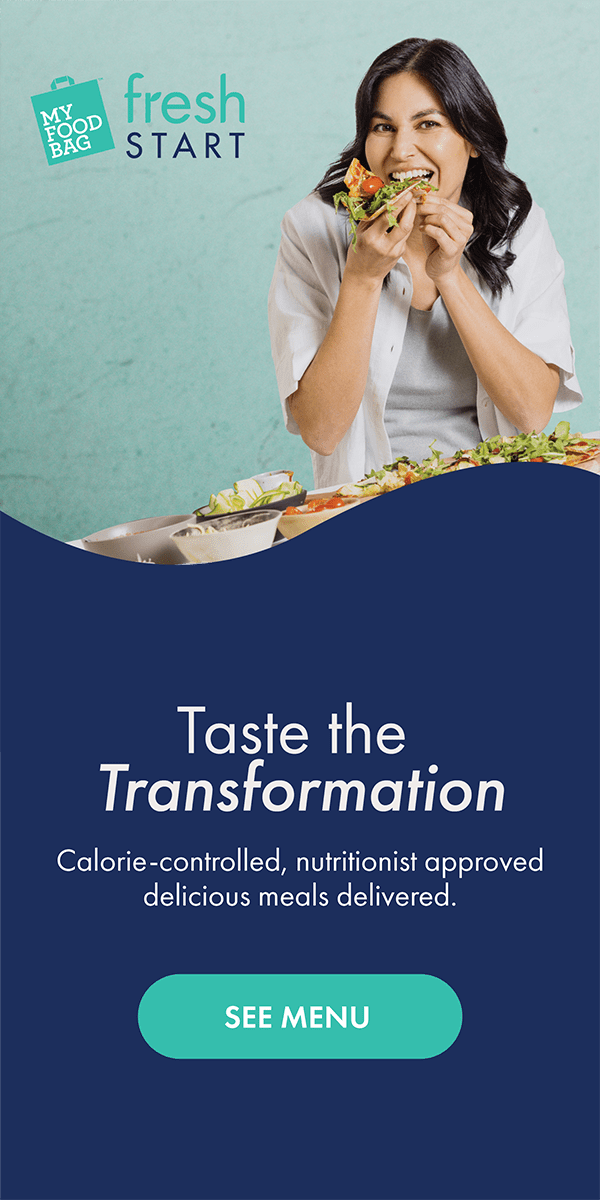Keeping hydrated is essential for your health – it helps regulate body temperature, supports digestion, keeps energy levels steady, and can ease common GLP-1 side effects like nausea and constipation (1,2). Our nutrition team has pulled together the latest recommendations and 5 simple strategies to help you stay on top of your fluid intake.
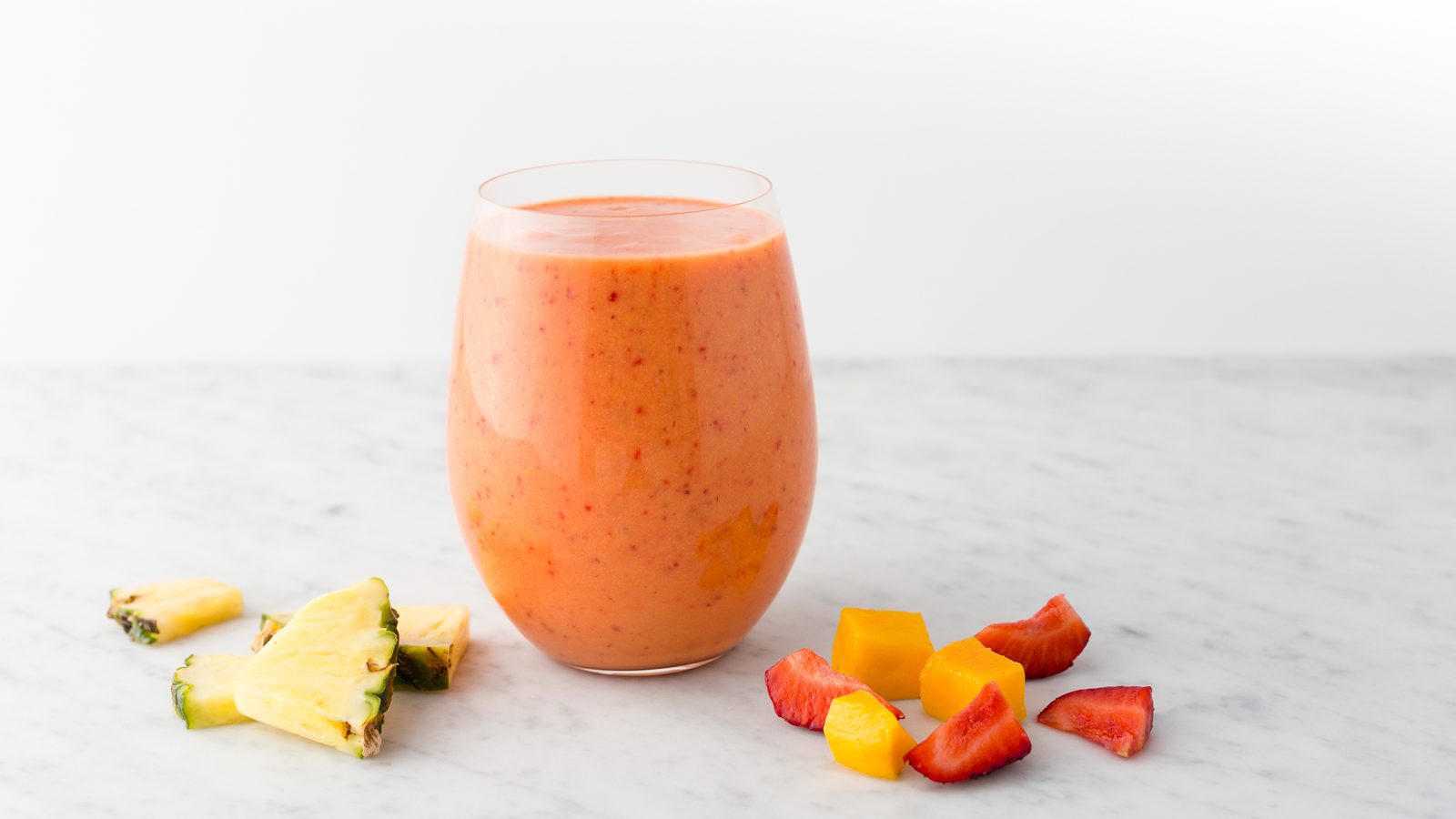
Early evidence suggests that GLP-1 medications such as Wegovy® may reduce your natural thirst signals (3,4). This means you can’t always rely on feeling thirsty to guide your fluid intake, and being proactive with hydration becomes especially important (5).
On top of that, approximately 20% of our daily fluid comes from food (6). Because GLP-1s typically reduce how much you eat (2,5), you are likely getting less fluid from food – making it even more important to prioritise hydration.
How much fluid should you be drinking?
Most people need 2 to 3 litres of fluid per day (around 8 to 12 cups), though your exact needs will depend on your age, gender, activity levels, and the climate you live in (6).
Water is best, but other drinks can also count towards your daily fluid intake, including:
- Low-calorie drinks like herbal or black tea, flavoured sparkling water
- Nutrient-dense fluids such as yoghurt, low-fat milk or calcium-fortified alternatives (i.e. soy milk)
- Soups including broths or store-bought chilled soups for a convenient option
- Smoothies which are a great way to pack in nutrition including fruit (berries, pineapple, mango), veggies (spinach, cauli, courgette), dairy (milk, yoghurt), nuts and seeds
- Meal replacement shakes or soups which are usually mixed with water or milk (under direction of your health professional)
Aim to limit sugary drinks like juice, soft drinks and energy drinks. Be mindful of your alcohol and caffeine intake as although these both contribute to your fluid intake they can have a diuretic effect, which can make staying hydrated more challenging (5).
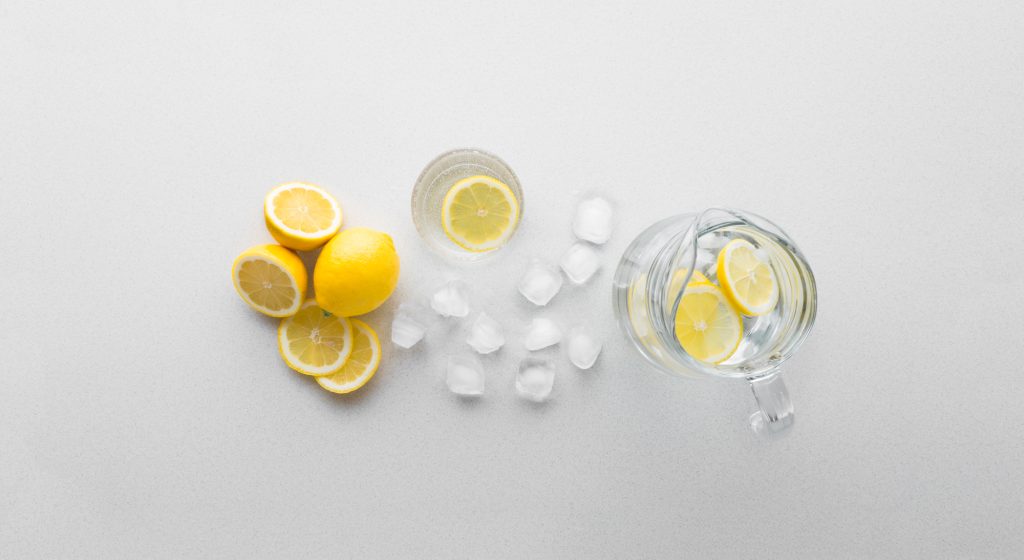
Simple hydration strategies
1. Sip little and often
Big gulps of fluid can sometimes trigger nausea. Instead, keep a water bottle with you and take small sips regularly throughout the day. This also makes it easy to keep track of how much you have had.
2. Set reminders
If you tend to forget to drink, try setting alarms on your phone or using a hydration app. If nausea is stronger at certain times of the day, prioritise drinking more fluids at the times when you feel better.
3. Flavour it up
If plain water doesn’t appeal, add lemon, mint, cucumber, or a splash of juice and plenty of ice. You can also boost hydration through foods with a high-water content like cucumber, watermelon, oranges, yoghurt, or a refreshing smoothie. These options provide both fluids and extra nutrients like fibre, protein, and vitamins.
4. Time your fluids
Drinking a lot of liquid with meals can add to feelings of fullness. Aim to drink about 30 minutes before or after eating instead, which many people find more comfortable.
5. Choose warm options
If nausea or fullness makes fluids harder to tolerate, warm herbal teas or clear broths can be gentler on the stomach. They’re also a cosy option during cooler months.
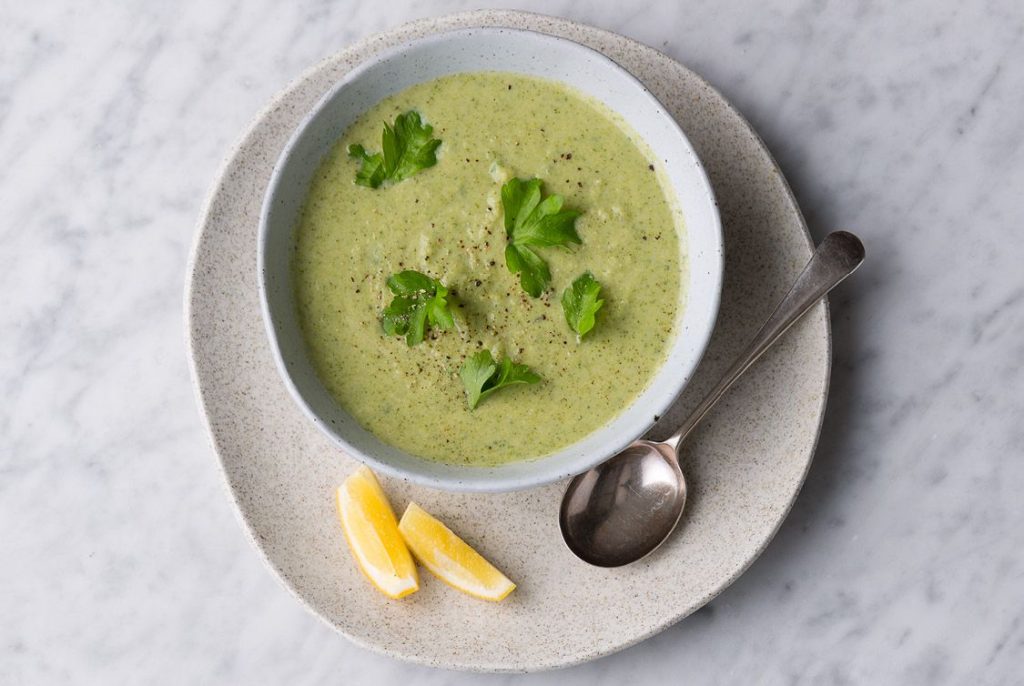
Remember
- Pale yellow urine is a good sign you’re hydrated.
- Fluid needs increase if you’re active or in hot weather.
- Staying well hydrated can help prevent or ease constipation, one of the most common side effects of GLP-1 medications (1,5).
Everyone’s needs are different, so use these strategies alongside the daily targets in your welcome booklet and advice from your healthcare professional.
Want to be sure your meals are supporting your hydration habits?
Our GLP-1 Support Meal Plan provides balanced, portion-controlled meals designed to keep you nourished on your journey.
Explore our GLP-1 Support Meal Plan here
References
- Maughan RJ et al . A randomized trial to assess the potential of different beverages to affect hydration status: development of a beverage hydration index. Br J Nutr. 2016;116(3):581-9. doi:10.1111/j.1467-3010.2009.01795.x
- Mozaffarian D et al. Nutritional priorities to support GLP-1 therapy for obesity: A joint Advisory from the American College of Lifestyle Medicine, the American Society for Nutrition, the Obesity Medicine Association, and The Obesity Society. Obesity (Silver Spring). 2025; 1-29. doi:10.1016/j.ajcnut.2025.04.023
- McKiernan F et al. Relationships between human thirst, hunger, drinking, and feeding. Am J Physiol Regul Integr Comp Physiol. 2011 Feb;300(2):R749-57. doi:10.1152/ajpregu.00472.2011.
- Takahashi H et al. Central regulation of thirst: the roles of the subfornical organ and GLP-1. J Clin Invest. 2022 Mar 1;132(5):e151800. doi:10.1172/JCI151800.
- Almandoz JP et al. Nutritional considerations with anti-obesity medications. Obesity (Silver Spring). 2024 Sep;32(9):1613-1631.
- National Health and Medical Research Council, Australian Government Department of Health and Ageing, New Zealand Ministry of Health. Nutrient Reference Values for Australia and New Zealand: Water. Canberra: NHMRC; 2006 [cited 2025 Aug 20]. Available from: https://www.eatforhealth.gov.au/nutrient-reference-values/nutrients/water
